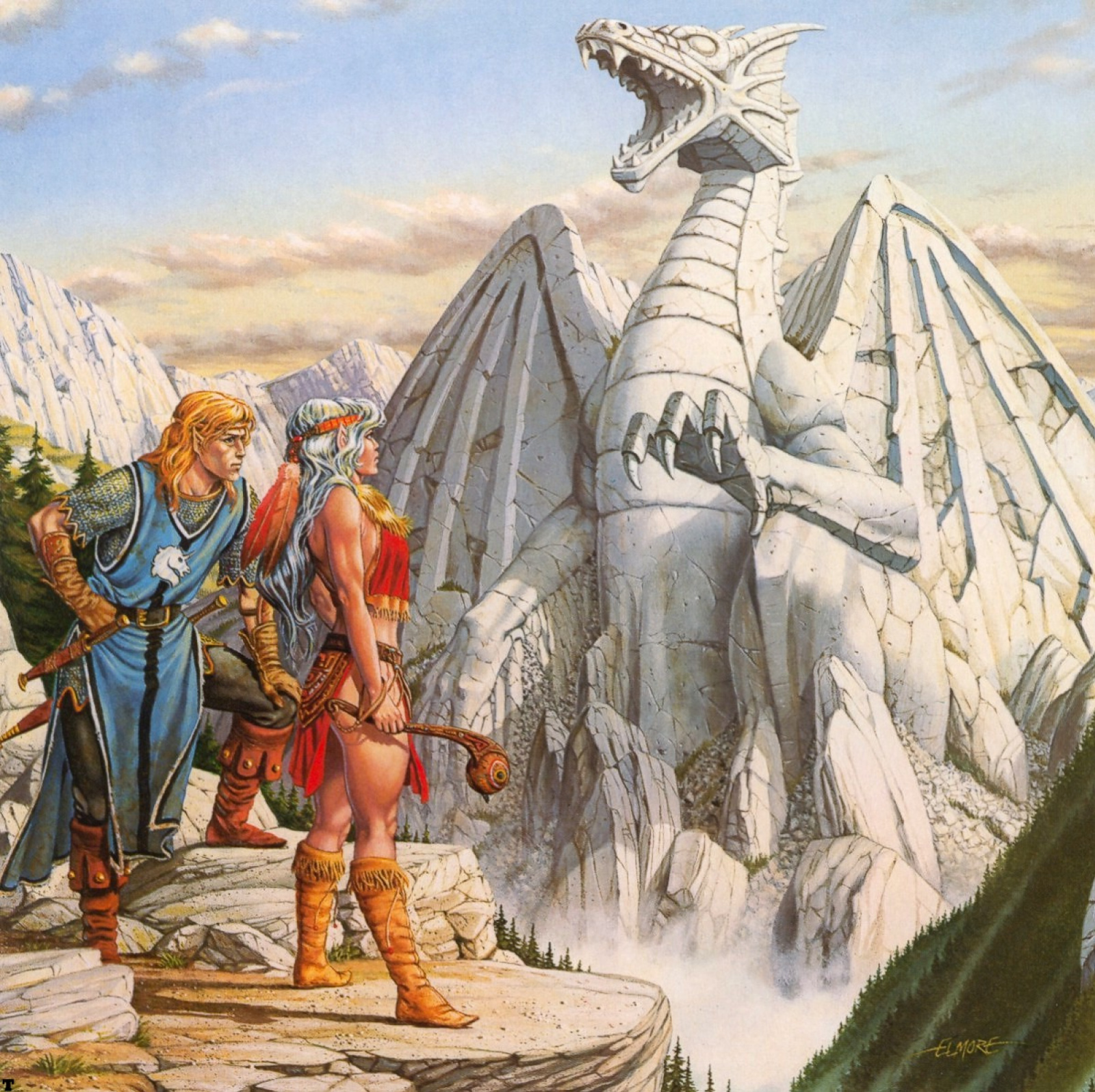How Difficulty Class and the D20 engine ruined roleplaying

It seemed revolutionary at the time. 3e came out and made a unified mechanic. Roll 1d20 against a target number to see if you succeed. In combat, AC is the target number. For everything else, it's a Difficulty Class [DC]. That's it. Some of those DCs are calculated as a function of level, opposing ability score etc. But what we also got from this system was a way of ad hoc determining the difficulty of something and then simply saying "roll against that target number to succeed". In its core form, this is wonderfully simple and intuitive. All you need to internalise is the size of the numbers on a d20 in relation to overall difficulty and then you can resolve basically anything with it. The part about size of numbers has proven to be a bit of an achilles heel for d20 over the years, but that is a different point I will address further below. No, the real point here is that there's an unintended side effect to DCs as a unified mechanic. There are other downsides ...





